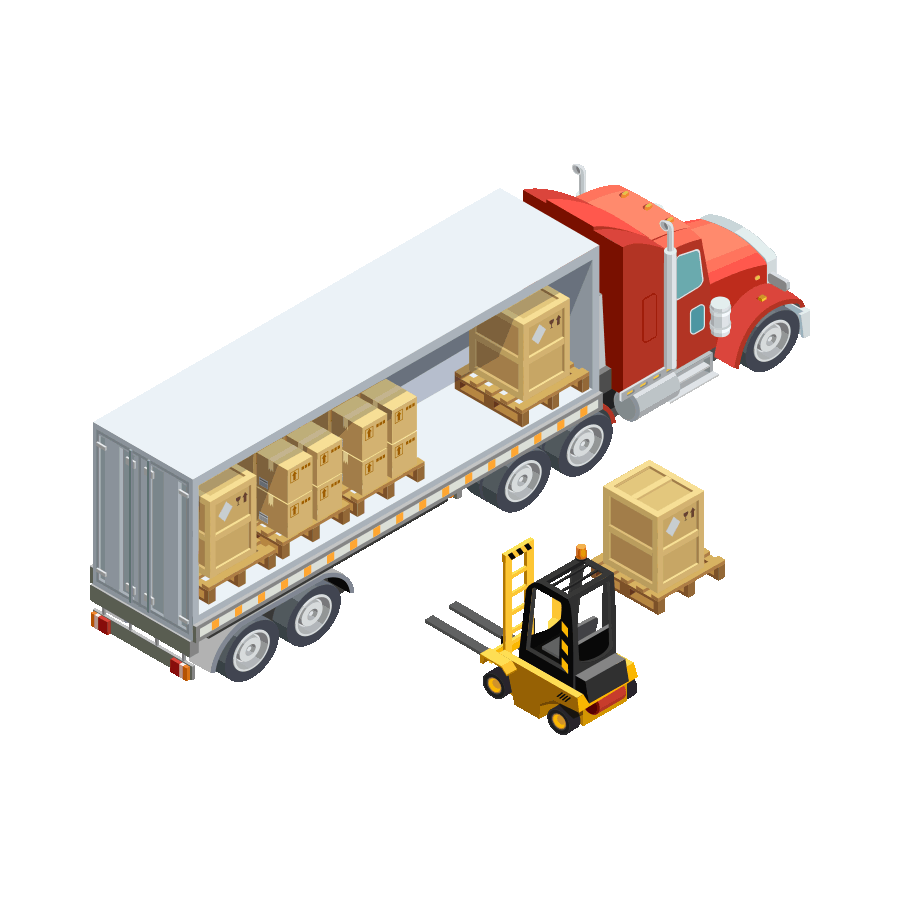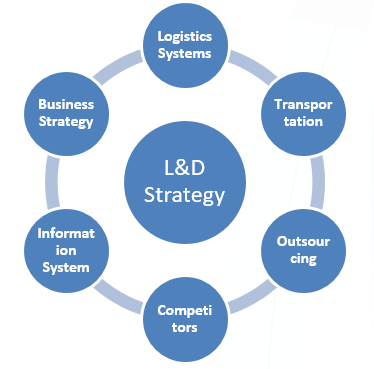
The Complexity and everyday changes in the supply chain are inevitable, and expanding your product portfolio to meet the market competitiveness is inevitable for growth. However, with that comes the importance of developing effective logistics and distribution ( L&D) strategies to meet your service levels and annual budgets.
Chools competent team of consultants will guide you in selecting and executing the effective strategies that will drive and optimize your L&D financial and operational Key Performance Indicators to Increase your Sales Revenue and Market Share Growth and Productivity.


➤ Transportation Cost :$/Sales Unit
➤ Payload
➤ Inventory Turnover Ratio
➤ On time delivery
➤ Profitability per product

✔ Supply Chain Control Tower.
✔ Outsource Freight – Retail Customers business (selection of Transporters with trailers with minimal trailer weight and less environmental carbon footprint impact).
✔ Introduce SAP (ERP) for information sharing.
✔ Po1: Power of One strategy.
✔ $8MM annual productivity was achieved – 5% of supply chain base spend including L&D working capital reduction.
✔ 15% reduction in transportation cost $/ Unit.
✔ 21% Increase in Sales Revenue was captured due to geographical expansion and on time delivery.
A startup that catered to a niche clientele, was facing stiff competition from their peers. They needed a solution that would help solve this problem. They were also suffering when it came to sales, and in their attempts to becoming a mainstream player in the industry.
They needed visibility, something they have been lacking since their grassroots entry into the business, and were at the verge of dying or being assimilated into other large scale players. Something they did not intent on doing.
An FMCG industry is faced with growing demand for their innovative product. Their distrinution and logistics department is facing difficulty to meet the needs of this surge. They found that their Enterprise Resource Planning (ERP) and IT systems were unsuitable for this sudden growth in demand. Challenges faced by the company included –
➤ Creating and establishing separate order processing and management locations for web as well as retail orders.
➤ Need for improvement in forecasting capability.
➤ Bringing up inventory levels to ensure responsiveness to the surge in demand.
Other issues that needed to be addressed were, counterfeit product detection, managing threats to the brand, and ensuring that the solutions would help the company to scale.
The startup’s conversion rate took an increased immensely. From 10% to 90%. People were responding to their Calls to Action, and more loyal customers followed the fold. Creating a community space for the product also made it easier. Something which was deeply entrenched in the minds of the consumers of the product, as a grassroots and good for health alternative to everything else in the market, saw a steep rise in market shares after the implementation of these steps.
To persevere or pivot is a question every startup is forced to ask themselves every time they go through a period of stagnation. And the case was no different with this startup. Once known as a booming player in their sector, the past few years had given them little chance to think otherwise. From delivering health oriented food and beverages, with a loyal customer base, to pivot to a different vertical that seemed enticing to the founders and the investors. Several difficult decisions had to be made.
➤ Interacting with their customers gave them the answers they required. The company already had a very solid digital presence, one that allowed them to build a community around them. One that was tailor-made to their specific wants and needs.
➤ They catered to the health market, which was focused heavily on weight loss. And most people were not ready to come out of their shell to speak about their weight issues. Once given a safe space, the number of people who interacted with the company increased by 80%.
➤ The ad and marketing budget of the company was zero. Saving money, while at the same time driving more traffic to their website.
The cost $/bottle decreased by 30%. The supplier introduced a reduction in price that created a cost competitive advantage driving its Market share by 10% and sales revenue by 12%.